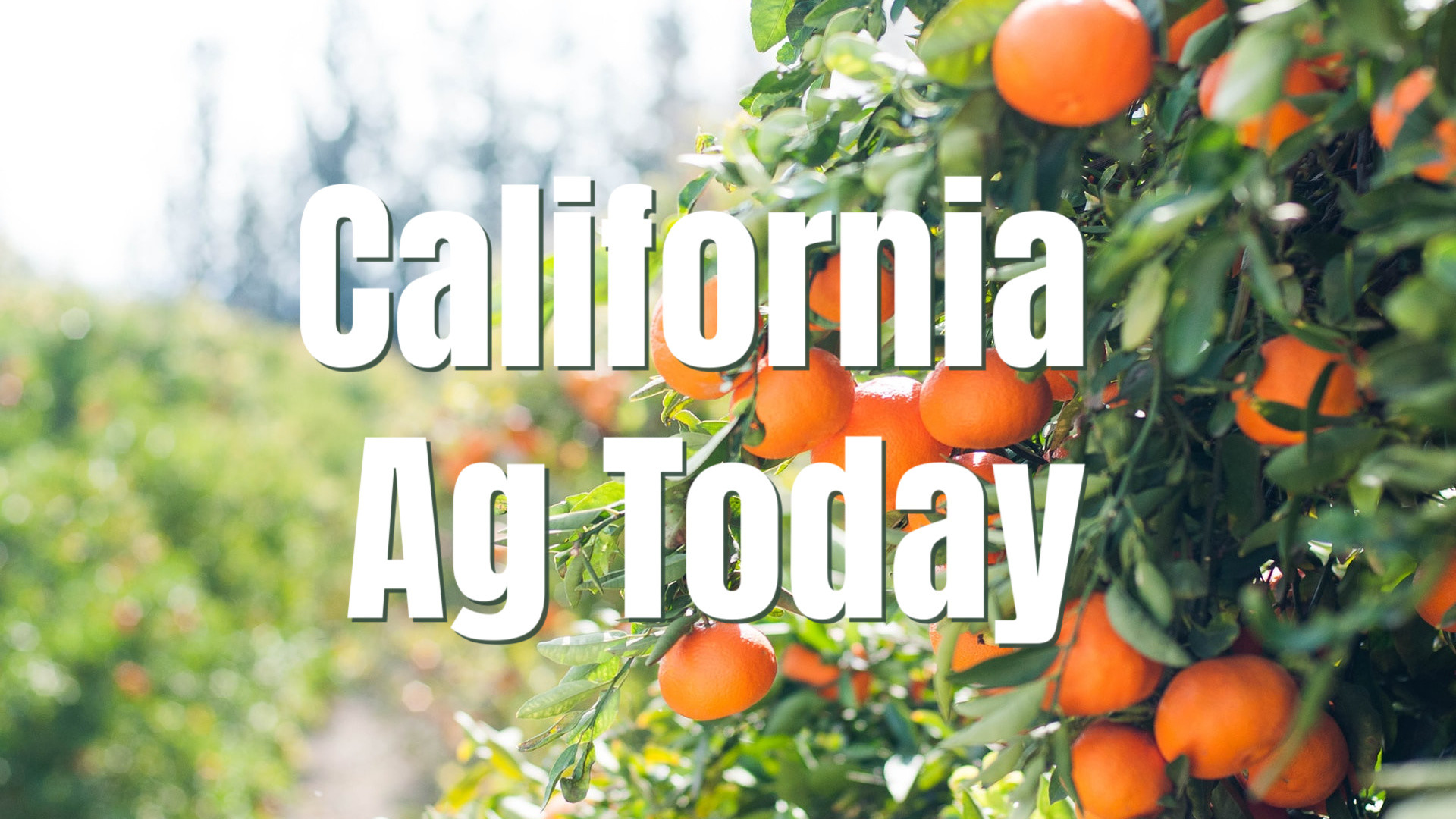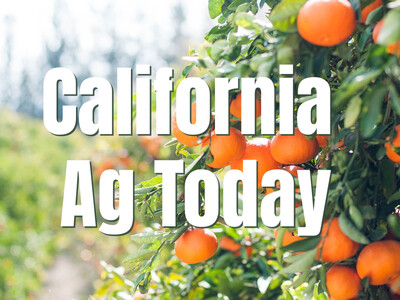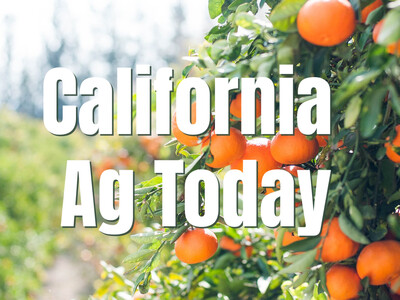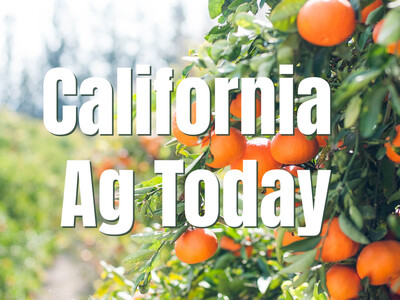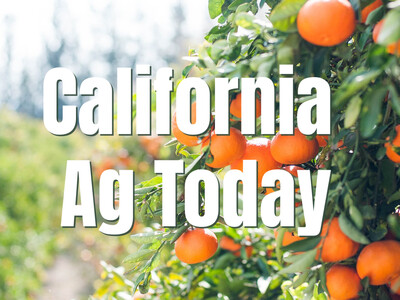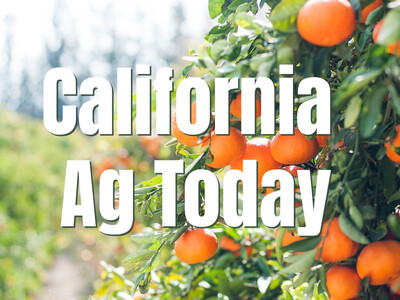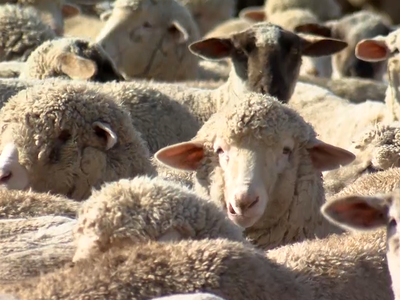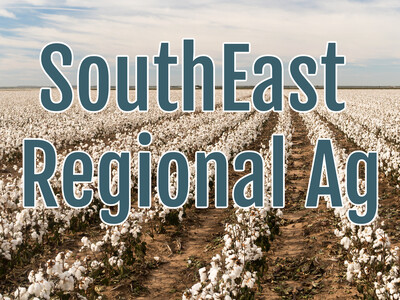Cover Crop Best Management Practices for Almond Growers

Tim Hammerich
News Reporter
As interest grows in climate smart agriculture, growers may qualify for incentive programs for activities like building healthier soils or incorporating cover crops. The Almond Board of California recently produced the Cover Crop Best Management Practices guide which they co-produced with UC Ag and Natural Resources and UC Davis. Jesse Roseman is a principal analyst at the Almond Board.
Roseman… “One of the first challenges to adopting any new practice is just seeing how it fits within your own particular operation. And this guide does an excellent job in taking growers through the thought process of just how old is my orchard and what are my goals with planting a cover crop.”
Roseman says management and site-specific factors will determine if, when and how cover crops will fit into each grower’s system. But under the right conditions, cover crops can help with a number of agronomic goals. Some can even attract pollinators.
Roseman… “You can choose a cover crop mix that provides pollinator forage. And we know that we rely on bees and native pollinators. And by planting cover crops, you can benefit those pollinators and help extend the season while they're out there in the orchard in addition to the almond blossom.”
Get your copy of the Cover Crop Best Management Practices via the almonds.com website.


